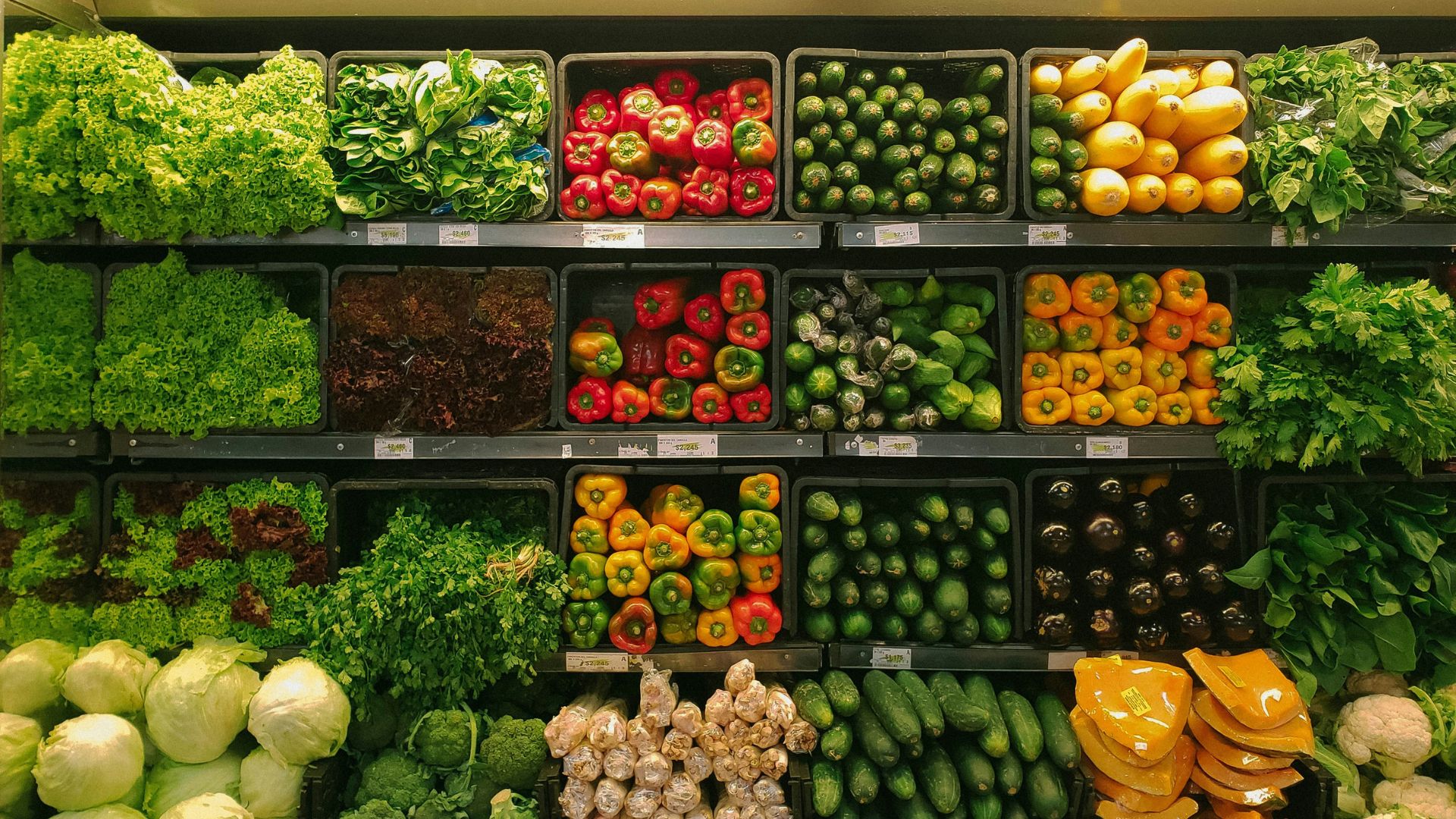A new study has revealed that Florida residents are now paying higher than the national average when they go to the grocery store.
This latest study comes as many Americans struggle to pay higher prices at their local stores, resulting in what economists call price fatigue. High inflation has caused many grocery items to skyrocket in price in just the last few years alone.
Floridians Spend More on Groceries Than Other Americans

This new analysis was compiled by product management company Trace One. Trace One used data from various U.S. bureaus.
According to this latest data, residents of Florida spend about 8.2% of their consumer spending to pay for their groceries. This is 0.2% higher than the national average.
Other States Spend More Than Florida

Though Floridians are spending more than the national average, they aren’t the only ones. Other states have ranked much higher in what they spend on groceries.
Some states that have lower incomes spend even more when they head to the grocery stores. For example, Mississippi residents spend 9.8% of their consumer spending on groceries, while Kansans spend 9.5%.
How Floridians Spend Their Money

This data also broke down just how much Florida residents spend when they go to grocery stores every week and month. On average, Florida households spend about $287 a week on grocery store items.
Monthly, this adds up to about $1,148. This higher spending has resulted in Florida’s average being higher than what many other United States citizens see.
The Cost of Groceries in the United States

New data from the Bureau of Labor Statistics has also revealed that the cost of groceries throughout the United States has risen by a whopping 24.7% from March 2020 to March 2024.
Eggs are now 50% more than what one paid in March 2020. Flour has also become much more expensive, rising 36%. Meanwhile, sugar and sugar substitutes have also risen by about 35%.
Other Expensive Items

While eggs have risen the most in the past four years, beef roasts have taken second place, as it has risen by 40%.
Beef steaks have risen up 32.6%, while carbonated drinks have also increased in price by 32.1% on average.
High Inflation in Florida

This new study comes as many Americans throughout the nation struggle to deal with high grocery prices, thanks to consistently high inflation.
However, Florida has been hit with higher inflation than many other states, ever since the COVID-19 pandemic. A recent report has even confirmed that Florida is among the top states most affected by high inflation.
High Cost of Living in Florida

Some Floridians have complained that the state now has a high cost of living, which has impacted lower and middle-class locals.
High inflation has driven prices up on just about everything in the state. People flocking to move to the state in the past few years, particularly wealthy people, has also driven up the cost of living.
High Housing in the Sunshine State

Housing costs have also surged in recent years throughout Florida. As a result, both those who are looking to buy a home and those who are currently renting have struggled to meet this jump in price.
In some areas where this issue has been particularly extreme, locals have even chosen to move out of the state, finding a new home in another state that’s cheaper.
Grocery Prices Remain High Around the Country

One thing is certain: grocery prices have skyrocketed at levels not seen in decades. Consumers have long been complaining that prices are too high at grocery stores. Now, this data backs up their claims.
“One of the spending categories where consumers have faced the greatest pressure from price increases is groceries,” the study says. “After increasing at the fastest rate since the 1970s, grocery prices remain at record highs.”
Consumers Have Price Fatigue

Many retail and grocery stores have realized that consumers are now suffering from price fatigue after years of willingly paying these higher prices for goods and items.
Now, consumers are not paying these higher prices. To help drive in more customers, many stores have begun to announce price cuts. Target has slashed prices on about 5,000 different items. Walgreens has also revealed cuts on thousands of goods.
Other Areas of Price Fatigue

Grocery stores aren’t alone in seeing consumer fatigue. Many restaurants and fast food establishments have also begun to change up their menu prices, as they’ve noticed what many stores have.
This has resulted in many previously affordable eateries trying to combat fast food inflation around the United States.








































